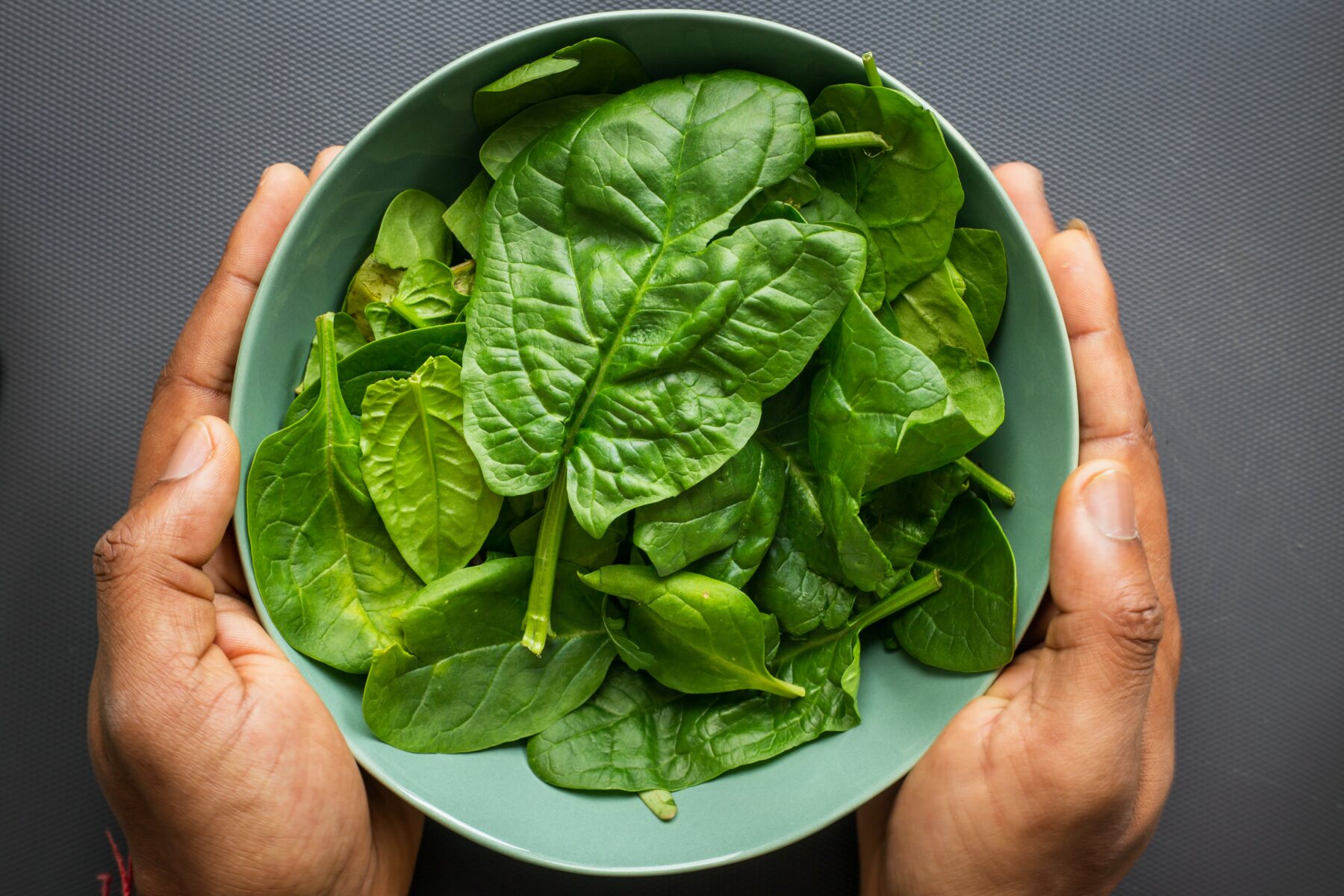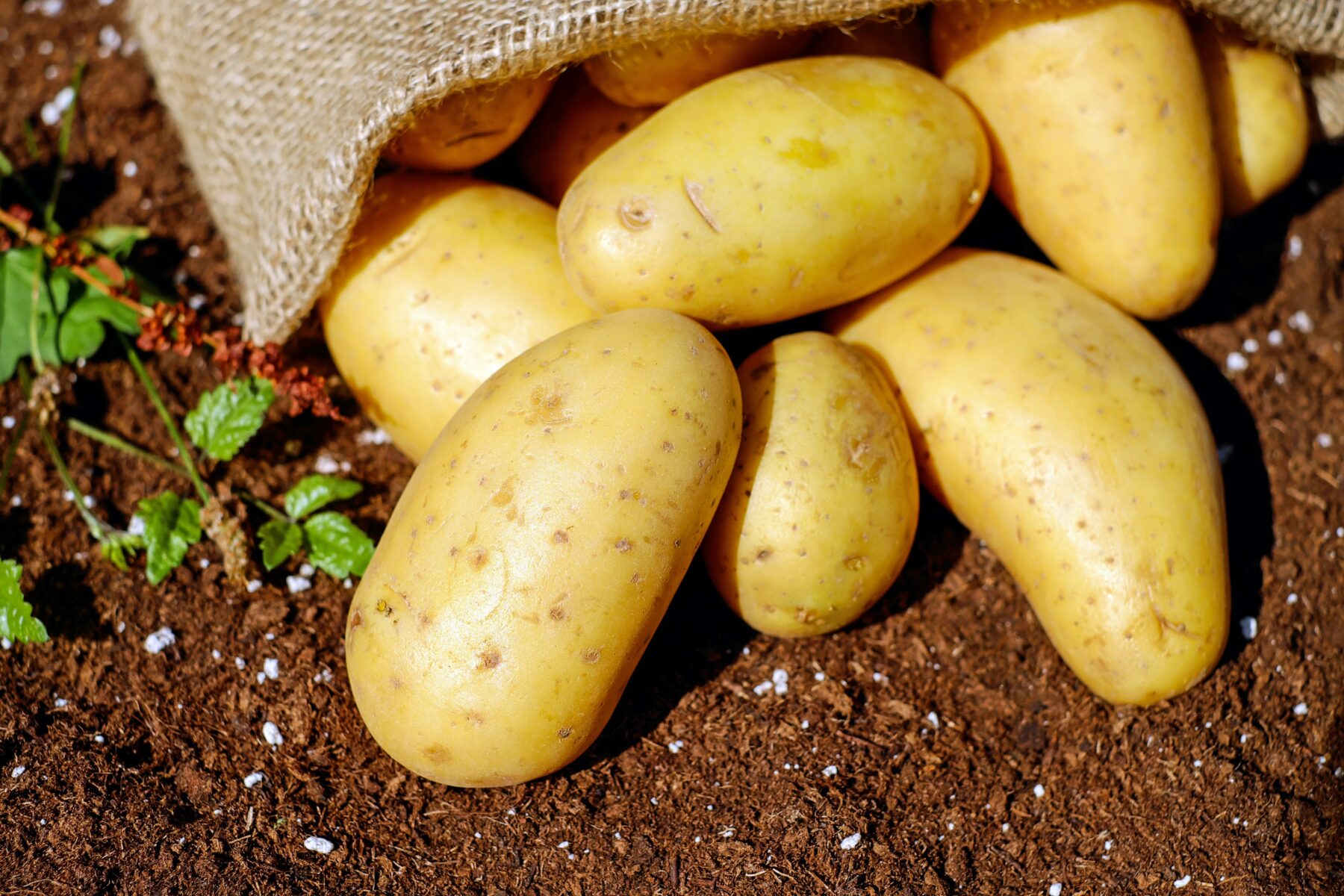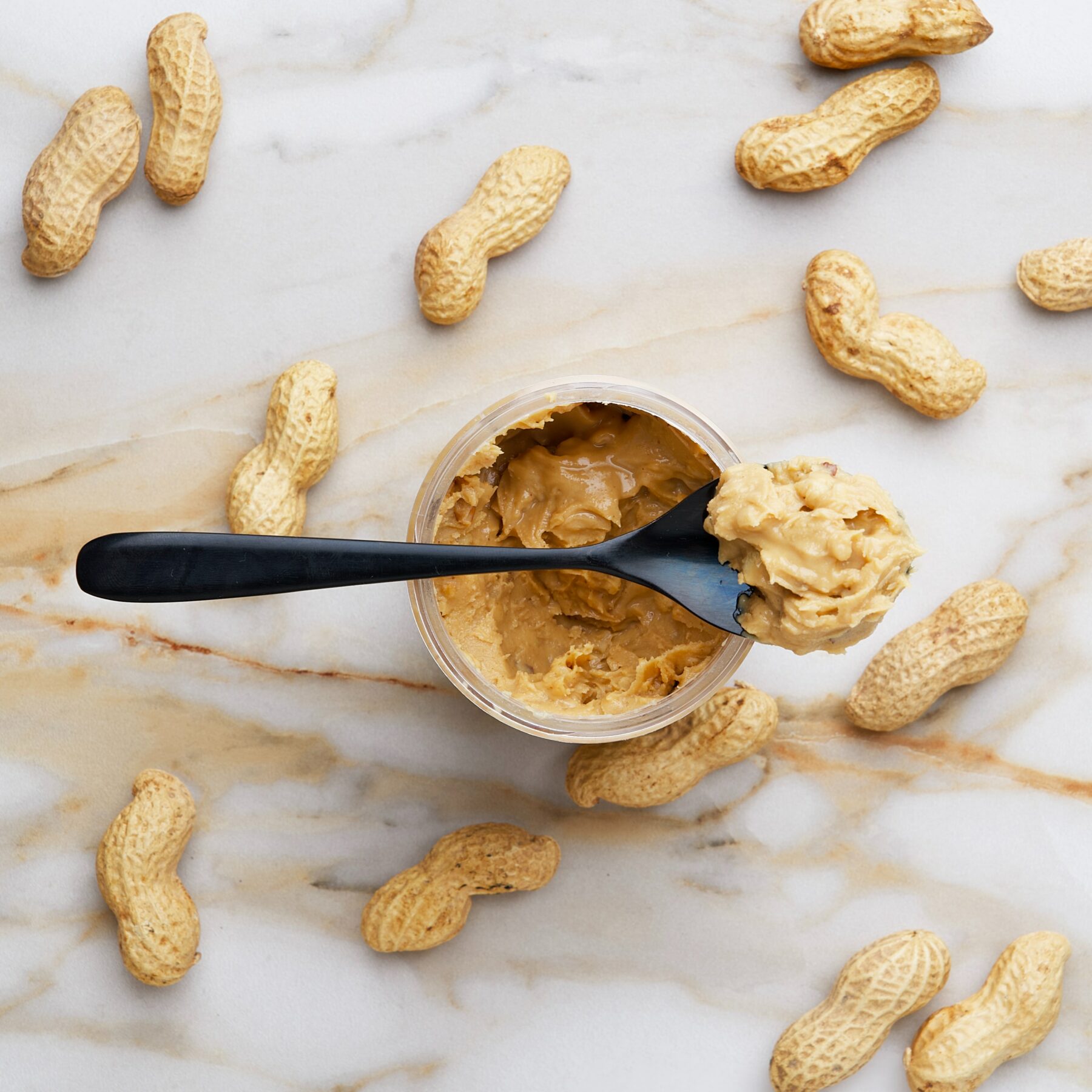Can You Overeat Your Veggies?

We were always raised to eat enough veggies, but how much is too much?
Plant foods, such as spinach, potatoes, peanuts, almonds and chocolate, contain oxalates, which can be overconsumed, leading to the development of progressive chronic illnesses because of the natural toxins they contain. Learning about oxalate toxicity is not only a breakthrough in nutrition for human health but also an opportunity for personal healing.
Even though I have a strong background in public health and medicine, I didn’t know plant foods could cause health problems; it wasn’t part of my education. But ignorance has a price tag. If you and your family’s diets feature “wholesome” foods like spinach smoothies, almonds, turmeric, berries and quinoa, please hear my story.

Despite many obstacles and limited-to-no childhood athletics, I’ve been active my entire adulthood. I got the fitness bug when I discovered racquetball in high school. My subsequent decades of enthusiastic devotion to healthy eating, exercise and “clean” living didn’t protect me from osteopenia, which I was diagnosed with at the age of 47. Nor did exercise and eating “right” prevent a series of debilitating pain problems. For years, I had gut problems, joint pain, inflammation, a lumpy thyroid, fatigue and other symptoms that were stumping my doctors.
Eventually, a Google search brought up an unfamiliar and seemingly non-scientific notion that oxalates in foods can cause pain and problems with connective tissues. I was a bit skeptical but willing to consider this possibility, given that I fit the oxalate-damaged profile.
The way I ate – having beans, whole wheat, brown rice, peanut butter, tofu, chard and sweet potatoes as the backbones of my diet – ruined my health; I was poisoned. When I fixed my diet, these problems receded.
What Are Oxalates?

Oxalates are ubiquitous in nature; plants create oxalic acid, a tiny natural reactive compound that’s used as a bleach and rust-removing cleaning chemical. Oxalic acid readily hooks up with minerals, such as calcium, magnesium and iron.
Oxalic acid ingested from plant foods grabs and holds nutritionally valuable minerals in the digestive tract, which become “oxalate salts,” making it difficult for the body to absorb minerals. Some ingested oxalic acid passes into the bloodstream where it can also bind minerals. The two-pronged mineral depletion can cause serious problems for long-term health, including bad teeth and bone loss.
In the body, oxalates have a range of additional toxic actions, which directly harm cells, block enzymes and create oxidative stress. These oxalate salts easily form crystals that stick to cell membranes, especially if cells are inflamed, old, wounded or dying. Over time, the constant use of foods with oxalate leads to accumulation and toxicity.
Even relatively moderate levels of oxalate in a habitual diet can fuel the customary aches and pains of life: digestive distress, repeated infections, chronic skin issues, brain fog or mood problems, as well as health declines associated with “normal” aging.
The Good News

The surprising health benefits of low-oxalate eating may include the improvements I saw: far less pain and improved sleep, energy, concentration, mood, and even a complete reversal of osteopenia.
I’m not alone in the ability to recover from the mess that is oxalate poisoning. Many people have found some relief from, or even reversed, a surprisingly diverse variety of conditions simply by swapping their high-oxalate foods for low-oxalate alternatives. In the long term, avoiding oxalates can potentially prevent kidney stones, injury, arthritis and dementia.
The Low-Oxalate Diet
“Low-oxalate” does not mean “no-oxalate,” so you don’t have to be perfect. The key is to know what you’re eating and how much and make sure to choose your daily staples from nourishing foods with less potential to create chronic problems.
Try turnips and cauliflower in place of potatoes, pumpkin seeds or cheese in place of almonds and peanuts, romaine lettuce or arugula instead of spinach, or mixed baby greens in your salads and smoothies.
Because this diet change can trigger the release of oxalate from tissues, it’s important to go slow with reducing your oxalate exposure and keep learning and getting support from professionals if you have serious health concerns.
With just a bit of information, you’ll find it simple and inexpensive to swap out high-oxalate foods for low-oxalate foods. Try it for a few months and see what it does for you. Time until relief is different for everyone, but you might be surprised how much better you feel.
About the Author

Sally K. Norton, MPH holds a nutrition degree from Cornell University and a master’s degree in public health. Her path to becoming a leading expert on dietary oxalate includes a prior career working at major medical schools in medical education and public health research. Her book “Toxic Superfoods: How Oxalate Overload is Making You Sick-and How to Get Better” is available everywhere books are sold. For more information, visit her website or follow Sally on Instagram and Facebook.






